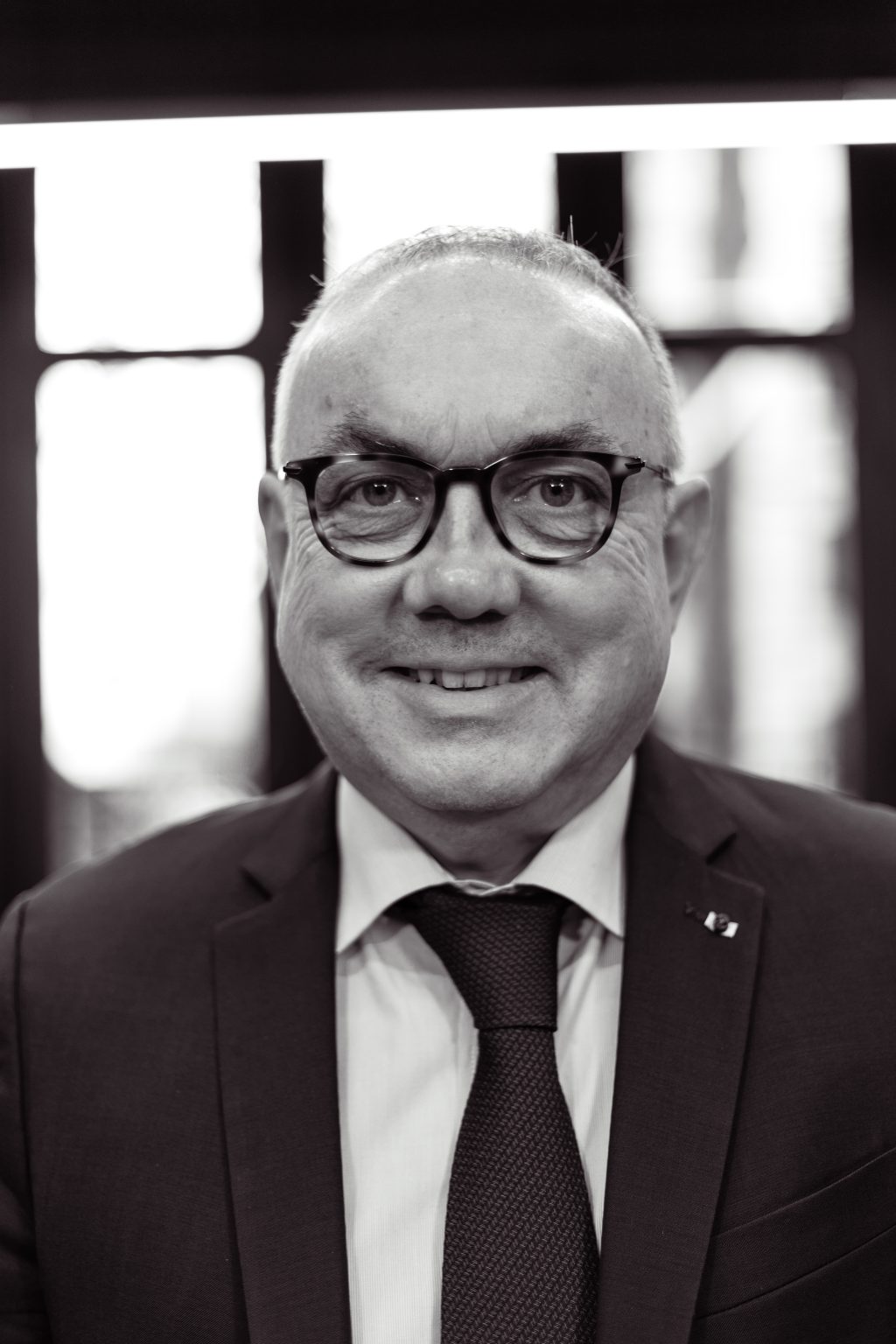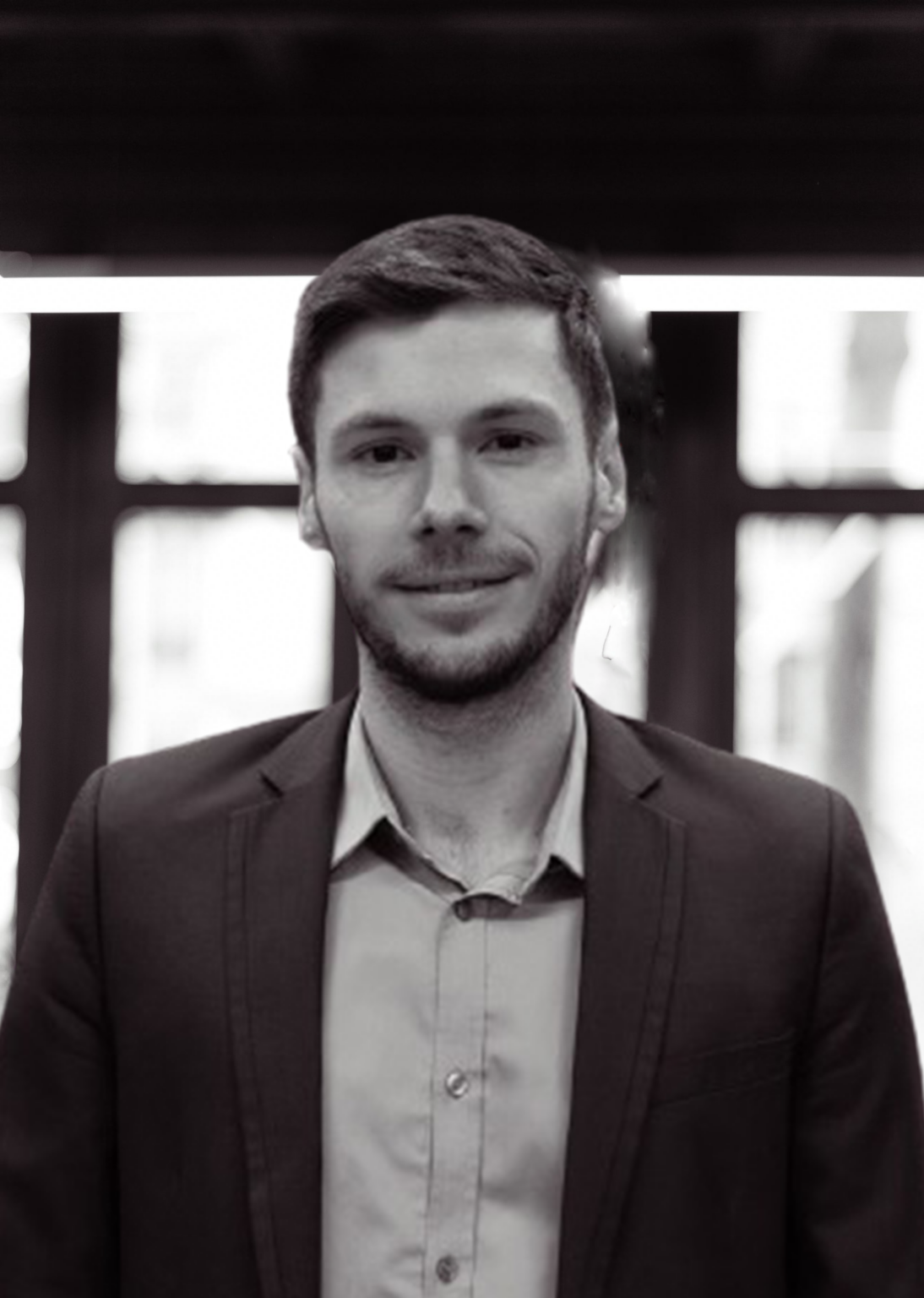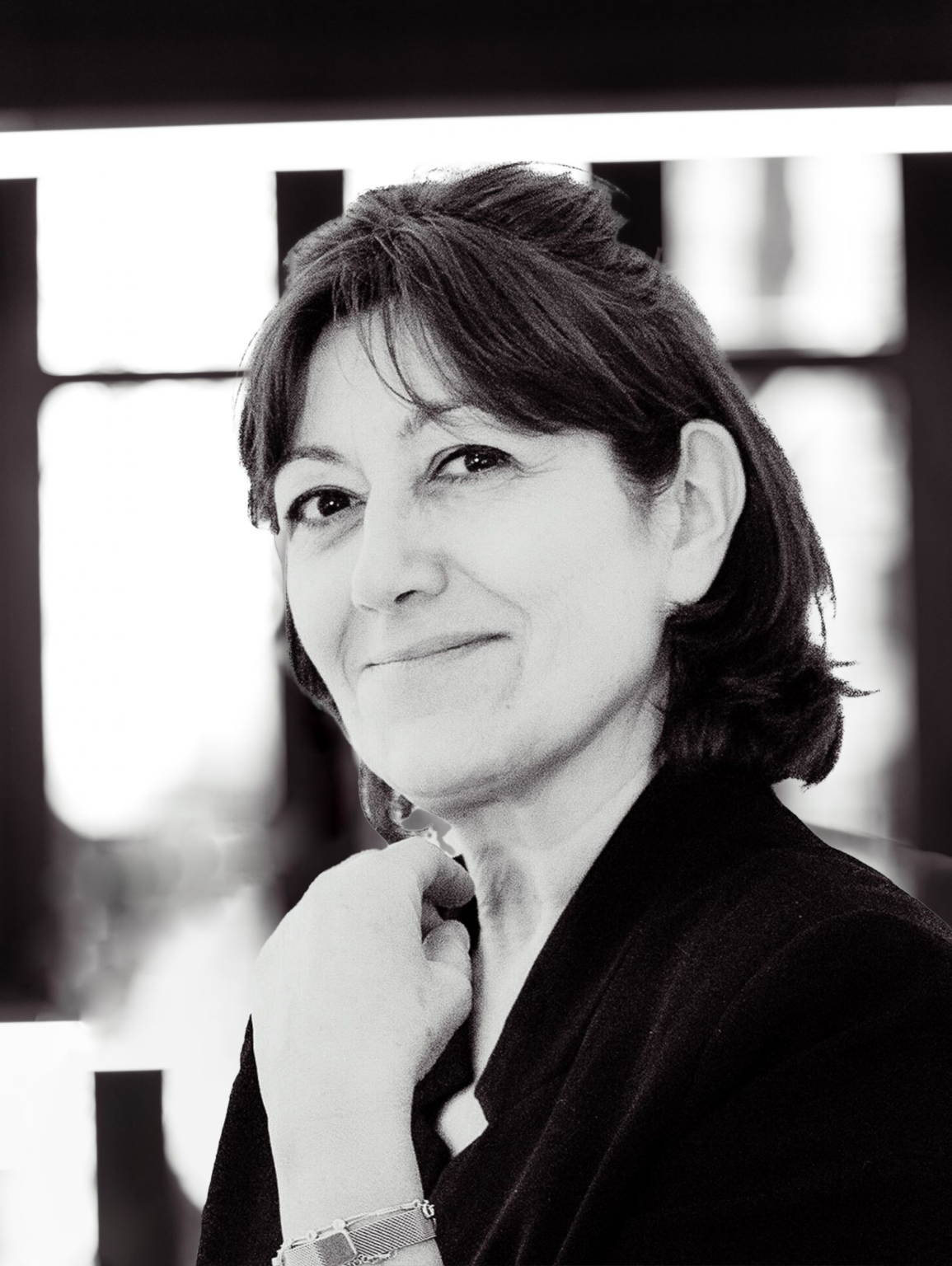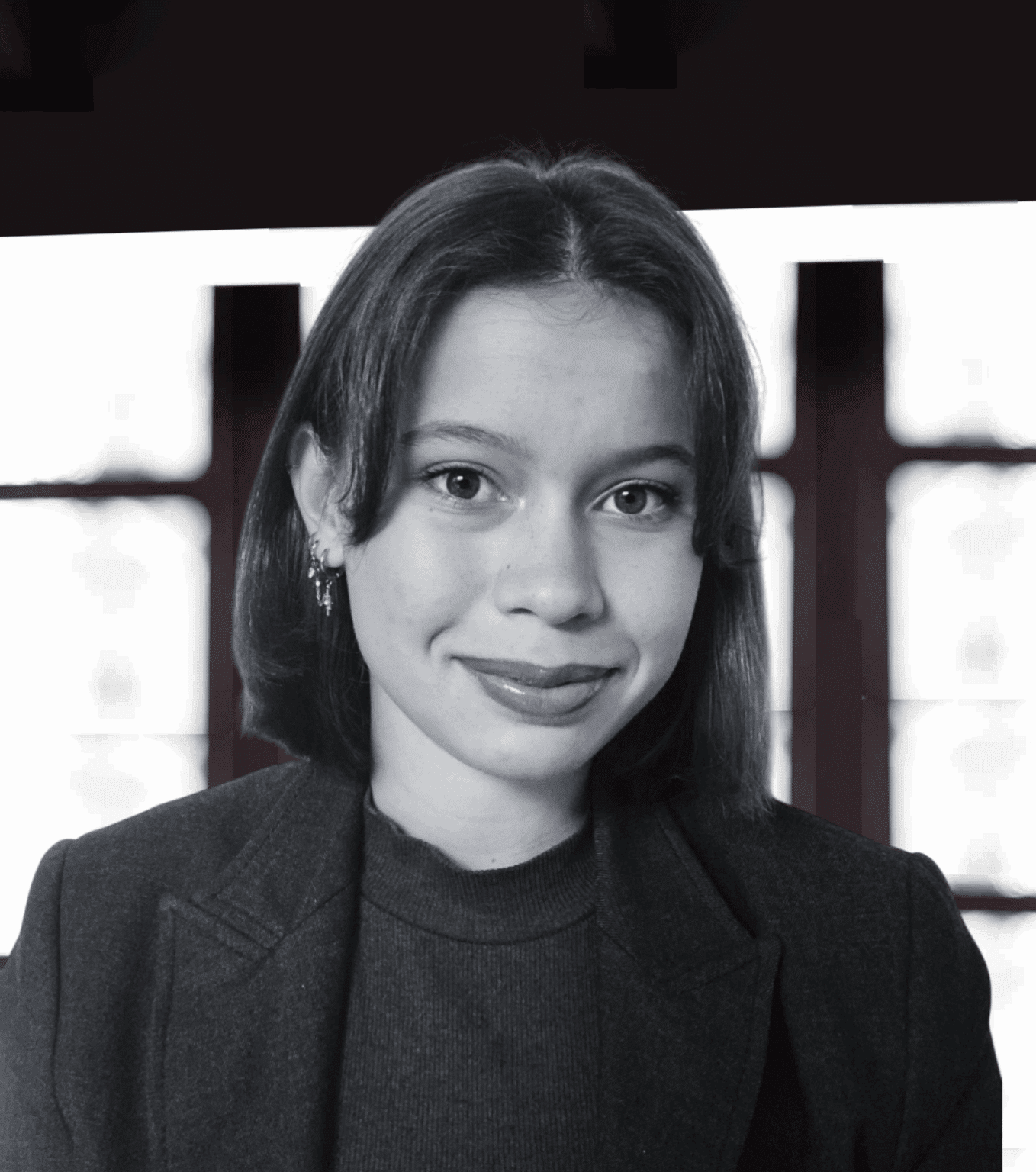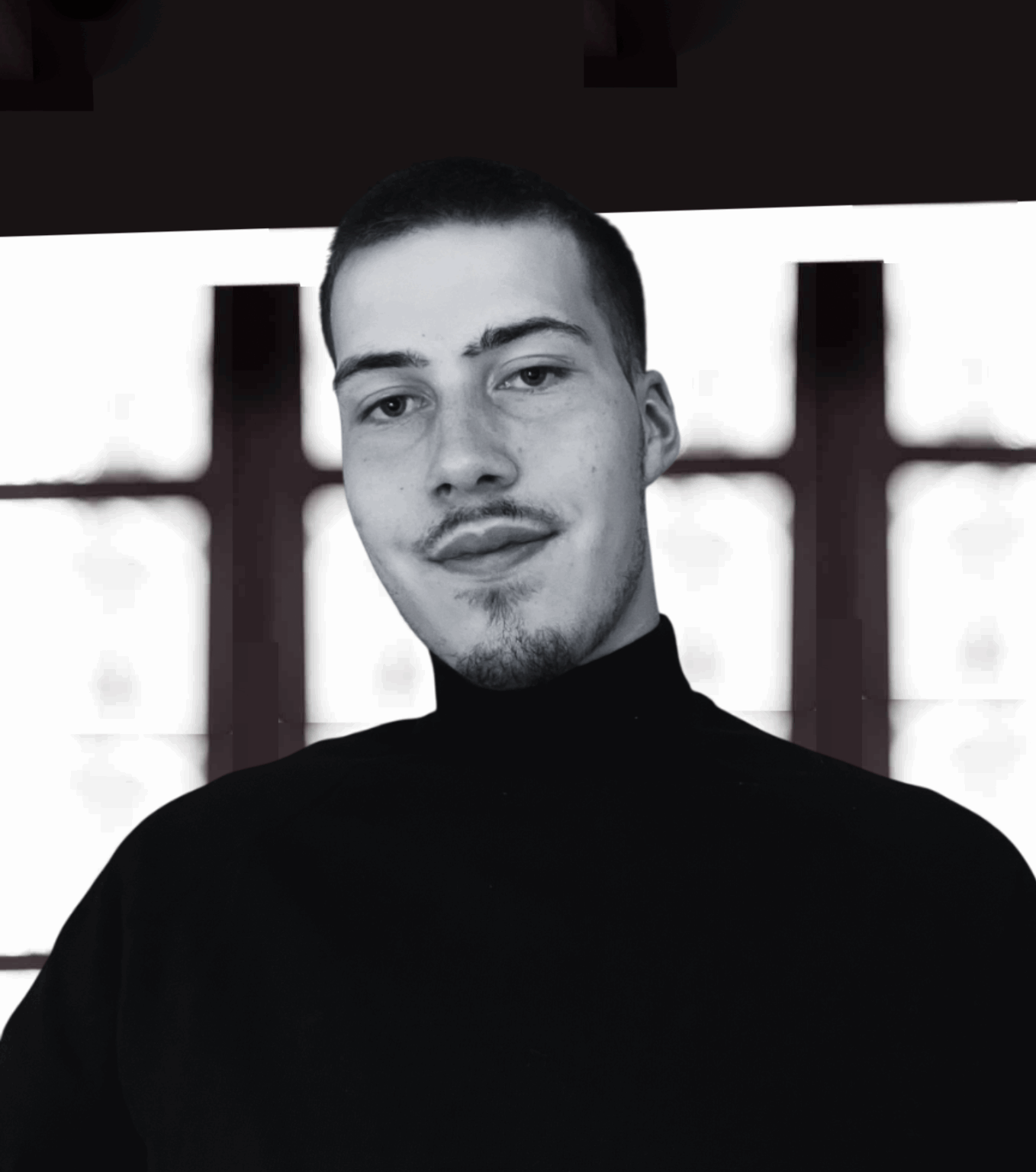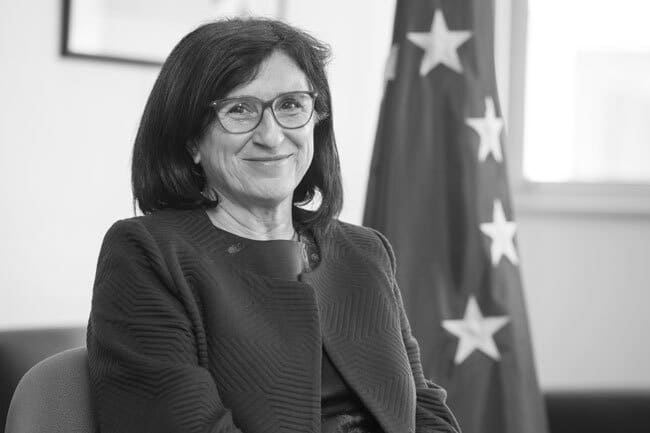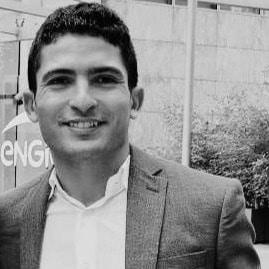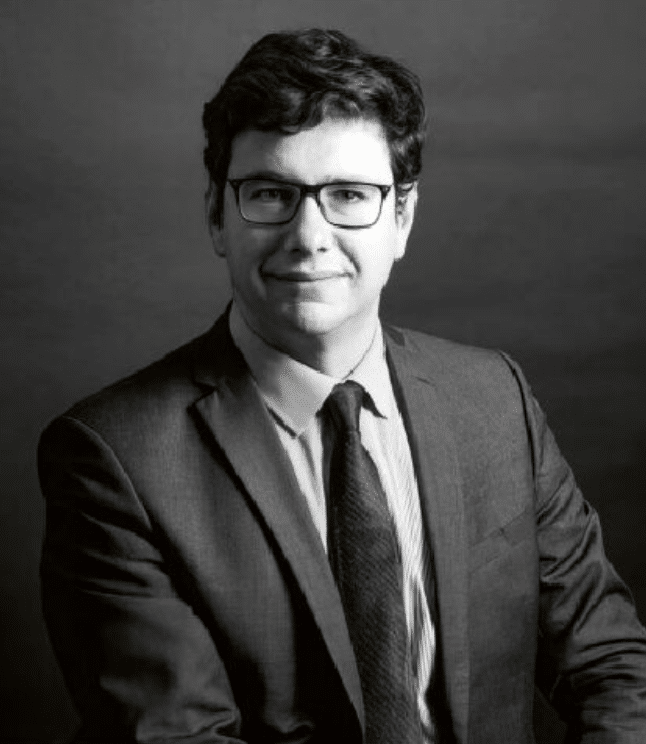Dame Rosalind Marsden
Associate Fellow, Africa Programme at Chatham House (The Royal Institute of International Affairs). She was EU Special Representative for Sudan from September 2010 until October 2013.
The migrants who are risking their lives in order to get to Europe come from Syria, Irak, Afghanistan but also the Horn of Africa. EU has launched, in 2014, “the Khartoum process”, a project which aim is to fight against illegal migration from this region. The EU approach to cooperation with a regime, which is seen, by many governments, as responsible for illegal migration and human trafficking, has given rise to a lively debate.

The EU is facing an unprecedented influx of refugees and migrants from Africa and the Middle East, with hundreds of thousands arriving on Europe’s shores, risking their lives to escape from violent conflict, persecution and poverty in search of a better future. Because of the sheer magnitude of the Syrian refugee crisis, Western media coverage in recent months has focused on those using the eastern route via Turkey, most of whom are coming from Syria, Iraq and Afghanistan. Yet tens of thousands of refugees and migrants from the Sahel and the Horn of Africa continue to make the long and dangerous sea journey from Libya to Italy. The fact that Libya is used as a springboard means that there is also a risk of infiltration by extremists.
The EU’s initial response to the crisis focused more on the symptoms than the root causes of the migration crisis, with an emphasis on strengthening border fences, enlarging EU maritime operations, distributing refugee quotas and increasing returns. On the external front, the migration crisis has led to renewed interest in Europe’s Southern Neighbourhood and a reinvigorated EU relationship with transit countries like Turkey. It is less clear how the EU will cooperate with repressive regimes in Africa and the Middle East, whose policies are causing the mass outflow of refugees and migrants in the first place.
A case in point is the EU Horn of Africa Migration Route Initiative, also known as “the Khartoum process,” which was launched at a ministerial conference in Rome in November 2014 as a forum for political dialogue and cooperation between countries of origin, transit and destination to tackle irregular migration and human trafficking and smuggling of migrants in the Horn of Africa. According to the UN High Commissioner for Refugees, four of the world’s ten largest source countries for refugees in 2014 were Somalia, Sudan, South Sudan and Eritrea. The Khartoum process and the long-standing Rabat process for North, West and Central Africa will be supported by an Emergency Trust Fund. On 11-12 November, European leaders and more than a dozen African nations met in Valetta to discuss migration issues, including the objectives, rules and procedures for the Trust Fund.
In the case of a country like Sudan, which is under sanctions and has a Head of State indicted by the International criminal Court on charges of war crimes, crimes against humanity and genocide, the EU’s approach to cooperation on migration issues has given rise to a lively debate. Advocates of the Khartoum process argue that, with migration now the EU’s number one priority, there is no alternative but to engage more closely with Khartoum because Sudan is a major transit route, especially for young Eritreans trying to escape years of military conscription and poverty. EU officials hope that such engagement might open the way to raise issues related to the root causes. The recent introduction of Sudanese anti-trafficking legislation and a proposed ant-trafficking conference in Eastern Sudan are seen as quick wins. Khartoum is under pressure from its neighbours, especially Egypt, to do more to control its borders because of concerns about infiltration by extremists. Engaging with Sudan on migration is in itself not a novelty. There have been working level discussions with Sudanese officials and UNHCR for a number of years, particularly on the treatment of Eritreans in refugee camps in Eastern Sudan. What is new is that this dialogue has now been elevated to ministerial level and given a regional dimension. Migration and forced displacement have now assumed a much higher priority for the EU, as reflected in the Horn of Africa Regional Action Plan adopted by EU Foreign Ministers on 26 October 2015.
Sceptics would argue, however, that the Khartoum process risks legitimizing the Government of Sudan and increasing its resilience to international pressure by treating it as a partner in tackling illegal migration and human trafficking, when its own policies are a major factor in causing the problem and Sudanese security officials are themselves allegedly complicit in trafficking networks. By portraying Sudan primarily as a country of transit rather than a country of origin, the Khartoum process downplays Sudan’s role as the fourth largest producer of refugees in the world and the fact that many of those trying to cross from Libya or camped in Calais are Darfuris. At the end of 2014, there were 666,000 Sudanese refugees living in other countries as a result of internal conflicts in Darfur, Southern Kordofan and Blue Nile, in addition to the millions of people internally displaced by conflict inside Sudan. It also downplays the role of poor governance, widespread official corruption and economic collapse in driving large numbers of young Sudanese, including those who do not live in conflict zones, to seek their future elsewhere.
The ministerial declaration of 28 November 2014 on the Khartoum process refers to addressing the root causes of illegal migration by eradicating poverty and promoting sustainable development but does not mention the need to tackle other underlying factors that are driving forced displacement such as protracted conflict, poor governance and corruption. In the case of Sudan, there is an added dilemma because the Khartoum process is intended to build state capacity in migration and border management, yet the EU is constrained in providing budget support to state structures.
The key test for the Khartoum process will be whether it has a sustainable impact on the ground. One way for the EU to reassure sceptics would be to ensure maximum transparency over the content of the dialogue with Khartoum and the choice of projects to be supported; to press for the investigation and prosecution of trafficking networks and any officials found to be colluding with them; to promote better educational and job opportunities for Eritrean refugees who have lived for many years in refugee camps in eastern Sudan; and to demonstrate that a dialogue on migration will in no way reduce diplomatic efforts to promote a holistic and inclusive political solution to resolve Sudan’s problems, including ending violent conflict, progress towards democratization and respect for human rights.. There is no quick solution to the root causes of forced displacement and irregular migration but this is where the emphasis should lie.
Notes de bas de page

